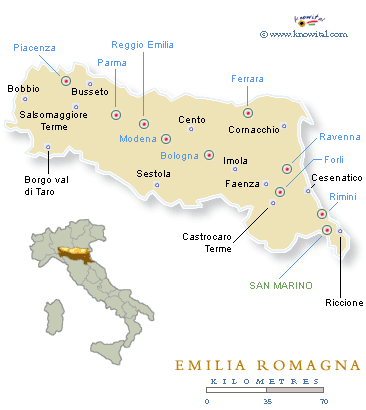Wasmuth Family Lagottos

Lagotto History

laˈɡɔtto romaɲˈɲɔlo
The Lagotto Romagnolo is an Italian breed, they love retrieving and are very fond of the water. Because they have such a keen sense of smell, Lagotti are often used for truffle hunting. They originate from the Romagna sub-region of Italy and are traditionally used as a hunting dog, mot commonly in the retrieval of birds.
Lagotti typically have thick, curly coats and the colour of their hair will vary from white to orange to dark brown, and a variety of mixes. They are hypoallergenic, meaning their coats shed little to none at all. The Lagotto has hair and not fur, so for that reason they must be groomed regularly. Their coats mat quite easily because of their tightly wound curls and often takes on a felted appearance if their hair is not combed through on a regular basis. They are a medium size dog, the males ranging from 43-48cm tall and a weight of approximately 40lbs. Females, however, are usually smaller and range from 41-46cm in height and weigh up to 35lbs.
The Lagotto Romagnolo can live to reach 16 years of age if kept healthy and happy. They are a hard working dog and enjoy completing an activity each day. Whether it be going for a walk, chewing a bone, learning a new trick or using a snuffle mat, they love to be occupied. The Lagotto loves to please his or her human companion and are quite attentive to the behaviours of humans.
For a busy family, the Lagotto is a perfect dog to come home to. They love to go for an adventure in the park, but are equally as happy to cuddle at the end of a long day. They are very loyal, obedient and are always ready to learn new tricks. Lagotti love to be outdoors and they are known to dig holes, a habit we personally steer them away from, but comes to great use if they are trained to seek truffles. They are also very good at retrieving and can be found playing fetch for hours on end.
Socializing and training your Lagotto early on, is a key step in their life. Between 8-16 weeks of age, introducing unfamiliar items to your puppy is very important. Some of these things could be; umbrellas, bikes, keys, vacuums bicycles and odd sounds. Always stay positive and use an encouraging tone when showing your young pup these new-to-them objects. Additionally, Lagotti are a very intelligent dog, so training should be started at a young age. We start basic commands such as 'sit,' 'stay' and 'come' as early as eight weeks old and often see consistent results at the beginning of the ninth week. This breed is always eager to please and easy to train; we were able to teach 'bang' and 'spin' to our adult dogs during the Coivd-19 Pandemic.
We also highly recommend introducing your Lagotto to other dogs and pets as soon as he or she has received all recommended vaccinations, which is usually completed by 16 weeks of age. Socializing your pup is a great experience for both you and your dog. The pup learns to be friendly to other dogs of all shapes and sizes, and you can benefit from tips and tricks from other fellow dog owners.
A Perfect Family Dog


The Lagotto Romagnolo is an ancient breed originating from the Romagna sub-region of Italy, as well as the lowlands of Comacchio and marshlands of Ravenna. It is believed that all breeds of water retrieving dogs have, in part, descended from the Lagotto Romagnolo. There have been DNA tests to prove that the Golden Retriever, the Portuguese Water Dog and the Poodle, along with several other breeds, are descendants of the Lagotto.
In the present day, Lagotti serve as working dogs in detection, a friendly companion and lovely service dogs. They have a great eagerness for work and are an extremely intelligent breed. They have a very caring nature and will get along well with other pets, with the help of meeting other animals at a young age.
This breed can be seen in dog shows, though not often in North America because of its rarity. The Lagotto is known to win awards for its beautiful body lines, curled hair and easy trainability. However, despite the breed's longevity, it is still fairly new to North America and is not recognizable to most dog-lovers. In fact, the Canadian Kennel Club (CKC) has only recently switched the breed's classification from "miscellaneous" to the recognized Lagotto Romagnolo.